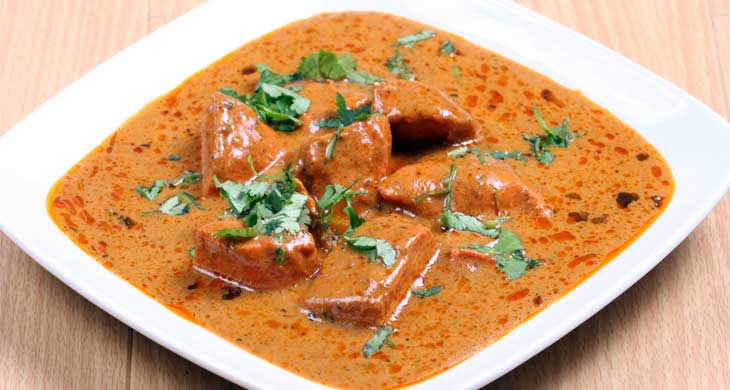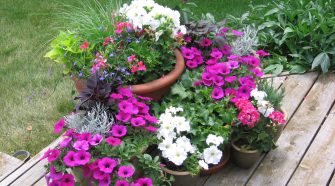Continuing our journey of curry discovery, this rough guide to the different features of one of India’s best loved national dishes may help you discover your perfect match. Are the northern curries with their thick, rich sauces and warming spices right for you? Or do you prefer the sound of the spicy, coconut curries of the south? Perhaps the characteristics of the east or west may win your gastronomical vote…
East India
The preferred ingredients that take the spotlight in curries around this part of India are fish and mutton. West Bengal is the eastern state most famous for its varied seafood cuisine. Fishing is hugely important in Bengali culture, with not only the sea and coastal regions providing access to plenty of fresh fish and shellfish, but the numerous rivers, lakes and ponds that make up the landscape of West Bengal playing an integral part, too. Expect mustard oil, seeds and paste to feature heavily as well as an assortment of ground spices and an abundance of fresh vegetables.
Nearby Odisha also puts an emphasis on locally sourced ingredients when creating their curries. The dishes of this state are often much gentler and subtle compared to the heavier flavours and richly spiced recipes of the north. Again, seafood is popular, as well as chicken and mutton, usually spiced with garam masala and turmeric.
West India
The cuisine of West India presents a spread of such diversity that any curry aficionado would find themselves spoiled for choice. From mildly spiced to super hot, the state of Maharashtra has it all and nowhere is this more evident than the capital city of Mumbai. Whether vegetarian or non-vegetarian, fragrant curries are to be found all around this city, famous for its incredible street food scene. Some key flavours tend to come from coconut, cashew nuts and peanut oil whilst fiery red and green chillies are also utilised.
In the coastal regions of Maharashtra, curries often contain greater amounts of coconut instead of relying solely on spices for flavour – particularly around the Konkan belt. The Kolhapur region is famous for its white and red mutton curries whilst Gujarat produces some top vegetarian specialities. Vegetable curries often star the king of vegetables, commonly known as eggplant, or chunky potatoes as the main ingredient.
Regardless of which curries around India come closest to making your mouth water, you will find that the various influences, recipes and cooking techniques favoured around the country overlap and evolve from each other. The exact selection and combination of spices that different regions consider to create the ‘perfect curry’ may depend on a whole host of factors such as family tradition, religious belief or simply on which spices are most readily available in that particular area. Suffice to say, you won’t find the Anglicised, all purpose ‘curry powder’ sitting on the shelves of many traditional, Indian kitchens.
Paying a visit to one of London’s best Indian brasseries is an excellent way to enjoy classic recipes from many of the different regions of India. From the coconut curries of Goa to the rich, buttery dishes of the Punjab; from the vegetarian delights of Gujarat to the sensational, seafood offerings of Kerala – you certainly won’t go home hungry.












